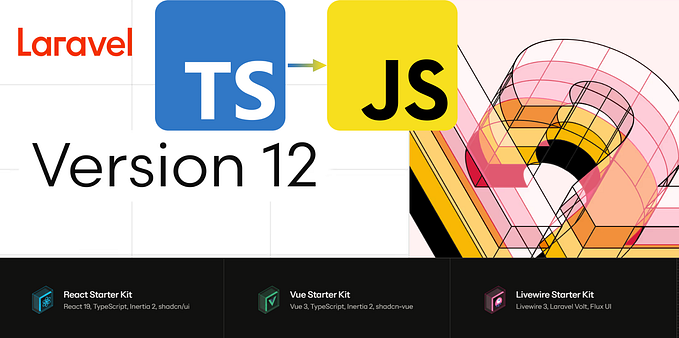Member-only story
Creating Interactive Line Charts in Laravel Using Chart.js: A Step-by-Step Guide

Introduction:
Line charts offer a clear representation of data trends over time. In this tutorial, we’ll delve into integrating Chart.js into your Laravel application to create dynamic and interactive line charts.
Prerequisites
Before you begin, ensure the following prerequisites are met:
- A Laravel project is set up.
- Basic knowledge of Laravel and JavaScript.
- Composer is installed for Laravel dependencies.
Step 1: Install Chart.js via CDN
Similar to the bar chart example, include Chart.js in your Laravel project by adding the following CDN link in the <head> section of your blade view:
<!DOCTYPE html>
<html lang="en">
<head>
<!-- Other head elements -->
<script src="https://cdn.jsdelivr.net/npm/chart.js"></script>
</head>
<body>
<!-- Your Laravel application content -->
</body>
</html>Step 2: Create a Controller
Generate a controller to handle the line chart data. Run the following Artisan command:
php artisan make:controller LineChartControllerStep 3: Define Routes
In your routes/web.php file, define a route for the line chart controller:
use App\Http\Controllers\LineChartController;
Route::get('/line-chart', [LineChartController::class, 'lineChart']);Step 4: Implement the Controller
Open LineChartController.php and implement the controller logic:
<?php
namespace App\Http\Controllers;
use Illuminate\Http\Request;
class LineChartController extends Controller
{
public function lineChart()
{
// Replace this with your actual data retrieval logic
$data = [
'labels' => ['January', 'February', 'March', 'April', 'May'],
'data' => [65, 59, 80, 81, 56],
];
return view('line-chart', compact('data'));
}
}







